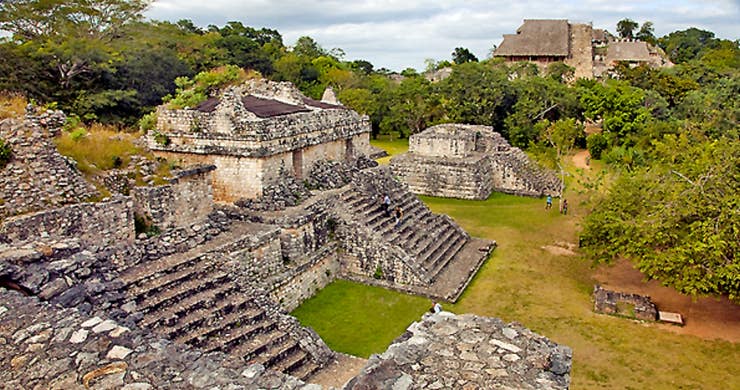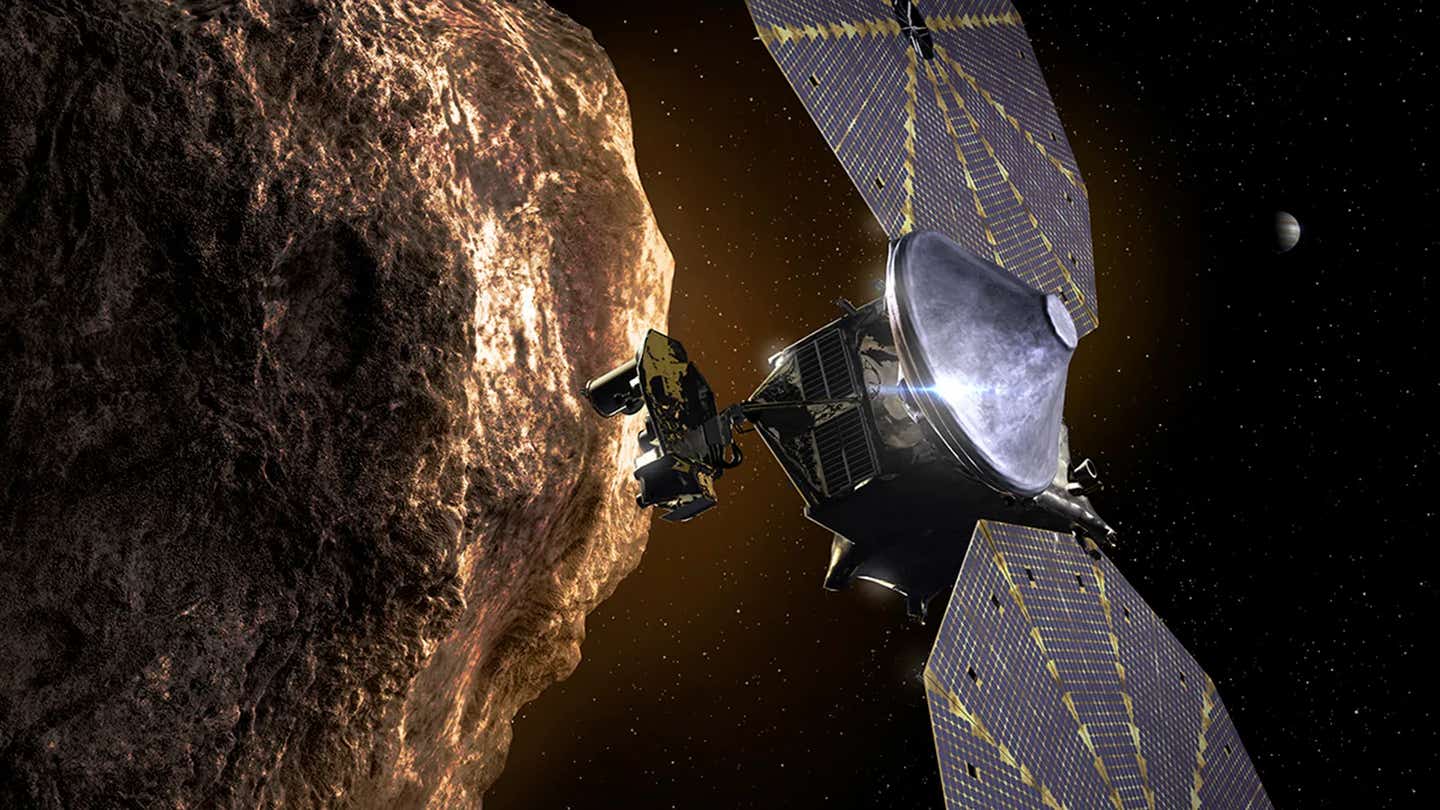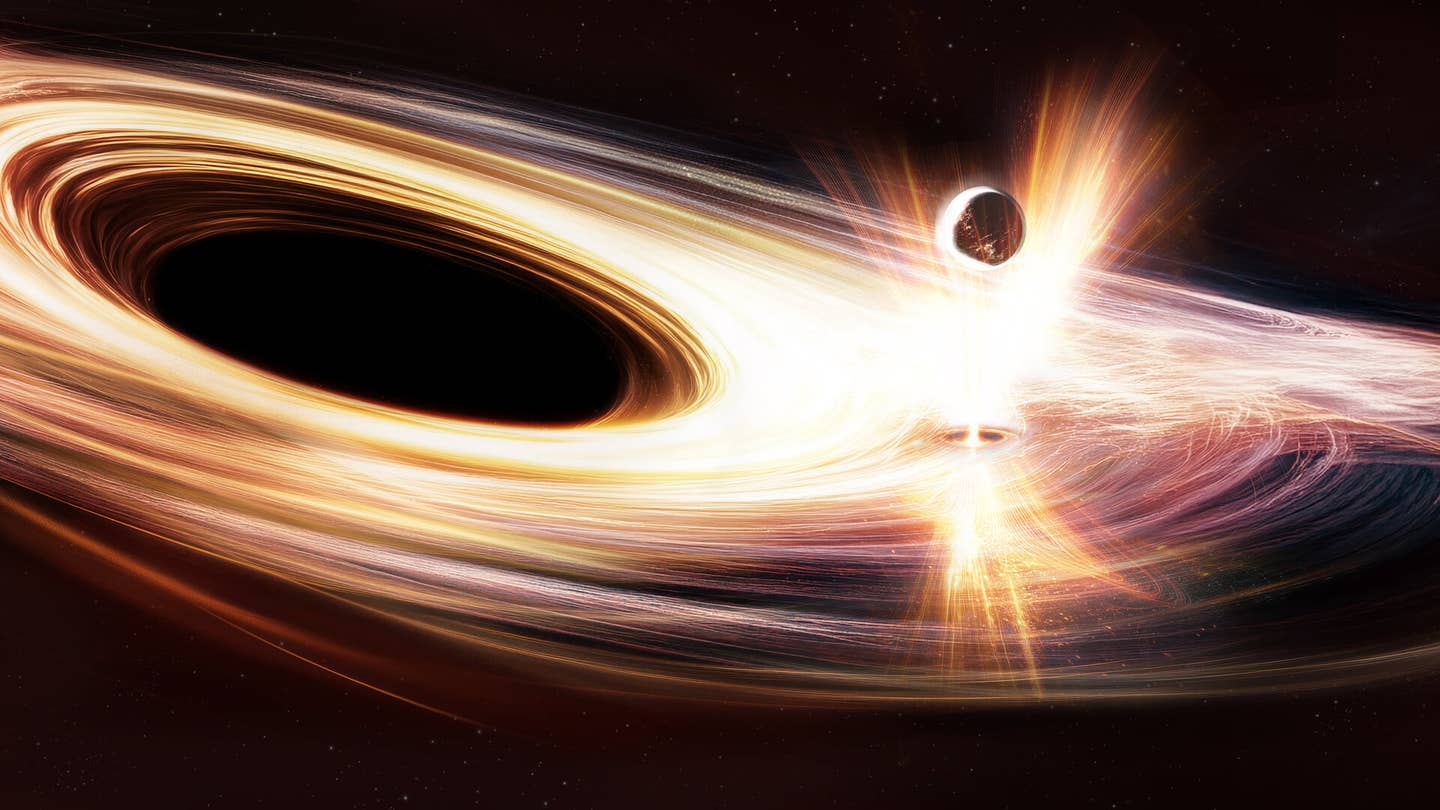Breakthrough discovery explains the collapse of the Mayan civilization
The role of climate change in the collapse of the Mayan civilization is somewhat controversial, partly because previous records are limited

The role of climate change in the collapse of Classic Maya civilization is somewhat controversial, partly because previous records are limited. (CREDIT: Creative Commons)
The Maya civilization, one of the most advanced in Mesoamerican history, thrived from around 2000 BCE until the Spanish conquest in the 16th century. Centered in present-day Mexico, Guatemala, Belize, Honduras, and El Salvador, the Maya developed sophisticated cities, like Tikal and Chichen Itza, with impressive stone pyramids, palaces, and observatories.
The Maya were skilled in astronomy, mathematics, and writing. They created a complex calendar system, accurately predicting solar and lunar events, and used a hieroglyphic script to record history, religion, and daily life on stone monuments and codices. Their numerical system included the concept of zero, a remarkable mathematical achievement.
Mayan society was hierarchical, ruled by kings who claimed divine connection, and its economy relied on agriculture, particularly the cultivation of maize. The civilization reached its peak during the Classic Period (250–900 CE) but began to decline in the following centuries possibly due to environmental stress, warfare, and political instability.
According to this breakthrough research, drought severity during the collapse of the Maya civilization about 1,000 years ago has been measured, offering more evidence to understand the downfall of this ancient society.
Nick Evans, a PhD student in Cambridge’s Department of Earth Sciences and the paper’s first author, mentioned, “The role of climate change in the collapse of Classic Maya civilization is somewhat controversial, partly because previous records are limited to qualitative reconstructions.” This implies that previous research lacked quantitative data.
Related Stories
Researchers from the University of Cambridge and the University of Florida conducted the study at Lake Chichancanab in Mexico’s Yucatán Peninsula, where the Maya civilization flourished. They used a novel method to measure different isotopes of water trapped in gypsum, a mineral formed during droughts when water levels drop.
Their findings, published in the journal Science, indicate a significant decrease in annual precipitation by 41% to 54% compared to present-day levels during the Maya civilization’s collapse. Moreover, peak drought conditions saw reductions of up to 70% in rainfall, along with a decline in relative humidity by 2% to 7%.
Evans noted the study’s significance, saying, “Our study represents a substantial advance as it provides statistically robust estimates of rainfall and humidity levels during the Maya downfall.”
The Classic Maya civilization spanned from 250 CE to 800 CE, characterized by monumental architecture, intellectual achievements, and city-state growth.
However, during the 9th century, a political collapse occurred, leading to the abandonment of limestone cities and the end of dynasties, although the Maya people continued to exist, albeit with diminished political and economic power.
Various theories exist regarding the causes of the Maya collapse, including invasion, war, environmental degradation, and disrupted trade routes. However, climate records from the period suggest a correlation with an extended drought, as evidenced by Professor David Hodell's research in 1995.
Hodell and his team applied a new method to estimate the extent of this drought by analyzing the isotopes of water trapped within gypsum from Lake Chichancanab. This method allowed them to reconstruct hydrological conditions during the Maya collapse period.
The researchers measured oxygen and hydrogen isotopes within the gypsum's crystal structure, reflecting changes in rainfall and relative humidity between 800 and 1000 CE. Evans likened this method to "measuring the water itself," emphasizing its accuracy.
During droughts, lakes like Chichancanab experience increased evaporation, causing heavier isotopes to dominate the water composition. By analyzing the isotopic composition within each layer of gypsum, the researchers constructed a model to estimate past changes in rainfall and humidity.
This quantitative climate data could help predict how droughts affected Maya agriculture, particularly the yields of staple crops like maize.
The research received support from the European Research Council, showcasing the collaborative efforts of institutions in unraveling the mysteries surrounding the collapse of the Maya civilization.
Note: Materials provided above by the The Brighter Side of News. Content may be edited for style and length.
Like these kind of feel good stories? Get the Brighter Side of News' newsletter.
Joseph Shavit
Head Science News Writer | Communicating Innovation & Discovery
Based in Los Angeles, Joseph Shavit is an accomplished science journalist, head science news writer and co-founder at The Brighter Side of News, where he translates cutting-edge discoveries into compelling stories for a broad audience. With a strong background spanning science, business, product management, media leadership, and entrepreneurship, Joseph brings a unique perspective to science communication. His expertise allows him to uncover the intersection of technological advancements and market potential, shedding light on how groundbreaking research evolves into transformative products and industries.



